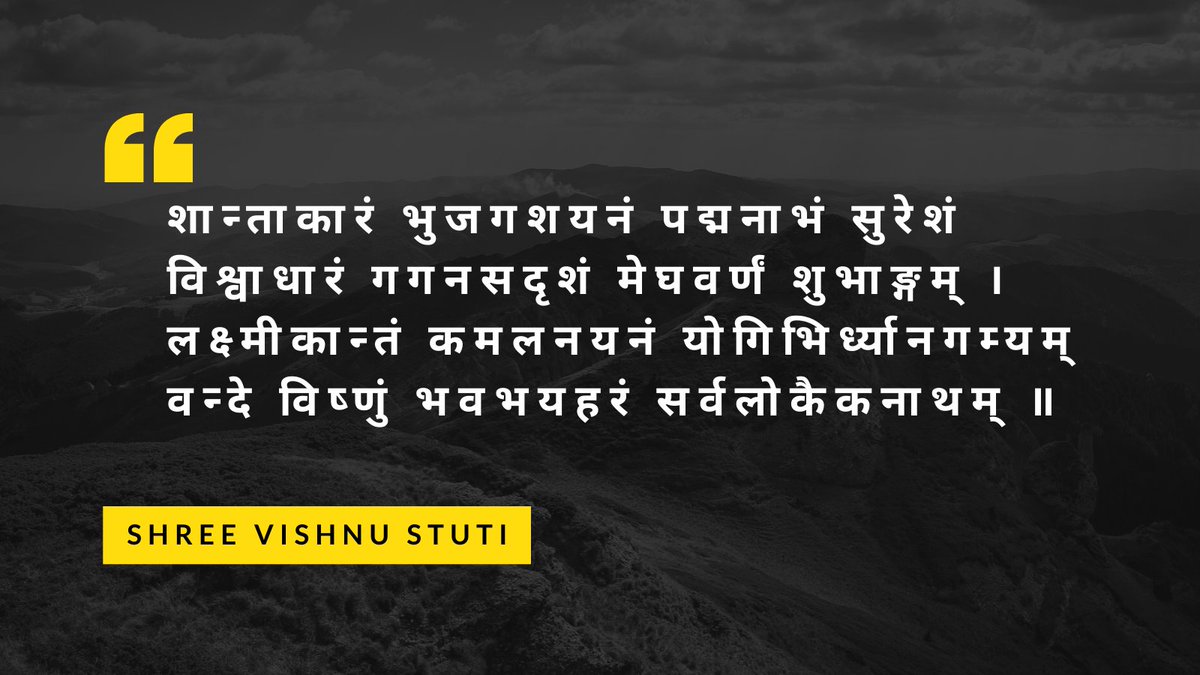
Difference between various commentaries of Gita.
At any point of time Original sanskrit slokas are 'authentic' Gita. The first authentic commentary was written by Sri Adi Sankaracharya, which is the bhashya that establishes the Advaita philosophy.
At any point of time Original sanskrit slokas are 'authentic' Gita. The first authentic commentary was written by Sri Adi Sankaracharya, which is the bhashya that establishes the Advaita philosophy.
He made commentary of the 700 slokas of Gita out of 745 slokas. All the later Acharyas like Sri Ramanuja, Sri Madhva etc wrote commentaries only of these very 700 slokas chosen by Sri Adi Sankara.
The purpose of each was to establish one's own philosophy by explaining Gita. They wrote the bhashyas in sanskrit, analysing the slokas word by word and going to the very depth of each word.
Sanskrit is a very rich language & each word can be interpreted in many different ways.
Sanskrit is a very rich language & each word can be interpreted in many different ways.
But for all the Acharyas, the target readers were sanskrit scholars of their own and the other sects, and so besides being unthinkably knowledgeable in sanskrit, they were very keen on maintaining the standard of their commentaries.
Each Acharya after Sankaracharya had to analyse in detail how each sloka supports the very philosophy preached by him in essence.
The major difference being "Bhagavad‑gītā as it is" ,on the other hand is written in English.
The major difference being "Bhagavad‑gītā as it is" ,on the other hand is written in English.
Objective of "Bhagavad‑gītā as it is" is to preach Sri Krishna as the supreme God primarily (also to the residents of the foreign countries).
Here, the attempt is to establish a monotheistic type of religion that would appeal the followers of the other religions.
Here, the attempt is to establish a monotheistic type of religion that would appeal the followers of the other religions.
So Sri Krishna has been projected as 'The Supreme Personality' of Godhead and other gods branded as demi-gods. 'god' versus 'Godhead' was not found enough to express the insignificance of other deities as compared to Sri Krishna, and so He was made 'The Supreme Godhead'.
No bhashyakara Acharya had the need to use such words and this is one big difference.
Another difference with the Udbodhana version of Gita providing relevant parts from the commentaries of Adi Sankara, Sridhara Swami & Madhusudan Sraswati are also worthy of mention.
Another difference with the Udbodhana version of Gita providing relevant parts from the commentaries of Adi Sankara, Sridhara Swami & Madhusudan Sraswati are also worthy of mention.
This 'Udbodhan'-Gita is read widely in Bengal. One beauty of the Gita slokas is its synthesis of the four yogas (Karmayoga, Raja-yoga, Jnana-Yoga and Bhakti-yoga) as mentioned by Swami Vivekananda. The names of the different chapters also make it very clear.
So, Sri Krishna admits that the Supreme Goal can be reached by all these different paths.
Yes, lastly He asks Arjuna to surrender to Him, which can be termed the 'Saranagati-yoga', but He keeps other paths reaching Him fully open.
Yes, lastly He asks Arjuna to surrender to Him, which can be termed the 'Saranagati-yoga', but He keeps other paths reaching Him fully open.
The "Bhagavad‑gītā as it is" on the other hand converts all other yogas to bhakti-yoga--- because this version is written to preach 'Krishna-consciousness'.
We also suggest to read The Holy Gita by Swami ChinmayaAnanda. You can get it pdf from @HinduMediaWiki website.
We also suggest to read The Holy Gita by Swami ChinmayaAnanda. You can get it pdf from @HinduMediaWiki website.
Last but not least, we have made one podcast on how to start learning "Bhagavad‑gita", you can check out the video. the link is in first tweet and here as well.
• • •
Missing some Tweet in this thread? You can try to
force a refresh









